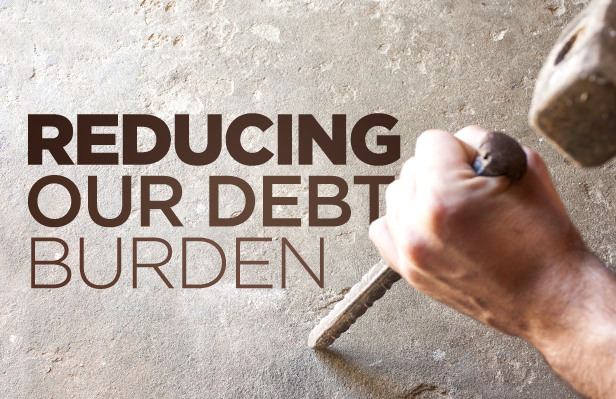Media

The Student Debt Threat
It shouldn’t be a debt sentence to get a college education. Yet in 2010, Americans’ student loan debt surpassed even that of credit card debt. In a testimony before a U.S. Congressional Subcommittee, Neal McCluskey of the Cato Institute explains why college has become so expensive: the skyrocketing growth of federal student aid, which comes in the form of Pell grants, federal loans, and other assistance programs.
Consider how the cost of college has risen compared to other industries. Between 1978 and 2011, the annual tuition increase was 7.45 percent. Over the same period, health care costs grew 5.8 percent, and the Consumer Price Index increased by only 3.8 percent.
McCluskey provides this analogy to explain the problem of rising aid:
If I had been buying a hot dog from a vendor for a dollar, and hot dogs were basically the only available food stuffs, then someone gave me a dollar and, in ear-shot of my vendor and all other vendors, told me I had to use it for a hot dog, my vendor and all the other vendors would have strong incentives to raise their prices. Then, if the hot dog benefactor kept upping my allowance to keep up with rising prices, a price spiral would ensue. That seems a rational explanation for what is basically happening in college pricing…
Federal student aid enables extravagant building projects, as well as higher administrative and overhead costs, which add little educational value to students.
Gradually phasing out these subsidies would allow individuals and families to assume more responsibility over their education—and lower tuition costs for everyone. Aid that remains should come in the form of flat grants to students. (The grants should not be awarded based on the the cost of tuition at a given university, as this encourages schools to raise tuition and receive greater taxpayer support). What can take the place of declining government subsidies? Private lending, private scholarship funds, and income-based repayment plans.
Read McCluskey's testimony in full.